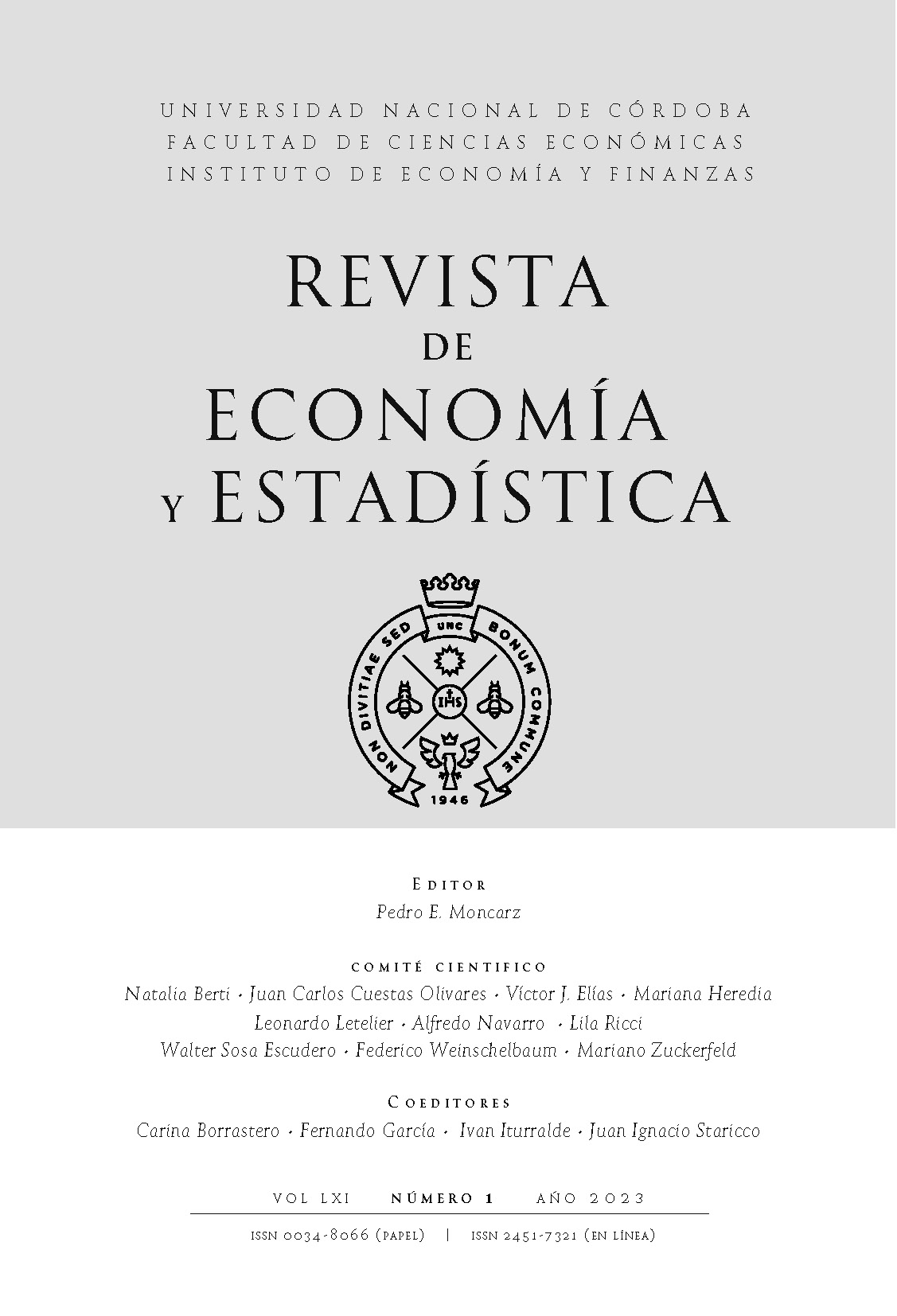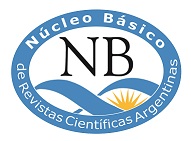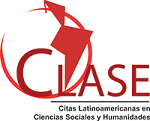Taxonomías de Empresas de Software Libre y Open Source. Sus limitaciones a partir de casos de PyMEs argentinas
DOI:
https://doi.org/10.55444/2451.7321.2023.v61.n1.44198Palabras clave:
Pymes, Software, Código AbiertoResumen
La aparición del Free/Libre Open Source Software (FLOSS) y su generalización han modificado las actividades de la cadena de valor de la industria del software. Sin embargo, actualmente no hay una buena base de información estadística que de cuenta de la importancia y el rol que tienen en la economía las empresas FLOSS. Por ello, el objetivo de este artículo es contribuir a mejorar los métodos de relevamiento y a la discusión sobre las formas de clasificar las empresas FLOSS. Emplearemos una metodología cualitativa y nos basaremos en siete estudios de caso de empresas FLOSS de Argentina, focalizándonos en su grado de colaboración con la comunidad FLOSS y su modelo de negocios. Este estudio nos permitió realizar un análisis crítico de las clasificaciones disponibles de las empresas FLOSS en la literatura, como un primer paso en dirección a delinear una tipología de empresas de este tipo para que puedan ser identificadas mediante relevamientos tecnológicos.
Fecha de recepción: 03/05/2023
Fecha de aceptación: 24/11/2023
Descargas
Referencias
Bonaccorsi, A.; Giannangeli, S. y Rossi, C. (2006). Entry strategies under competing standards: Hybrid business models in the open source software industry. Management Science, 52 (7), 1085-98.
Dahlander, L. y Magnusson, M. G. (2005). Relationships between open source software companies and communities: Observations from Nordic firms. Research policy, 34(4), 481- 93.
Denzin, N. K. y Lincoln, Y. S. (Eds.) (2005). The SAGE handbook of qualitative research. Sage.
Eisenhardt, K. M. (1989). Building theories from case study research. Academy of management review, 14(4), 532-50.
Harison, E. y Koski, H. (2010). Applying open innovation in business strategies: Evidence from Finnish software firms. Research policy, 39(3), 351-59.
Hecker, F. (1999). Setting up shop: The business of open-source software. IEEE software, 16(1), Disponible en: http://hecker.org/writings/setting-up-shop.
Lavarello, P. J. y Sarabia, M. (2015). La política industrial en la Argentina durante la década de 2000. CEPAL.
Lerner, J. y Schankerman, M. (2013). The comingled code: Open source and economic development. The MIT Press.
Raymond, E. (1999). The cathedral and the bazaar. Knowledge, Technology & Policy, 12(3), 23-49.
Stallman, R. (1983). El manifiesto de GNU. GNU operating system. https://www.gnu.org/gnu/manifesto.es.html.
UNCTAD (2012). Information Economy Report 2012. Disponible en: https://unctad.org/publication/information-economy-report-2012.
UNU MERIT y Berlecon Research. (2002). FLOSS FINAL REPORT. Disponible en: https://bit.ly/4826hRT
Yin, R. K. (2009). Case study research: Design and methods. Sage.
Publicado
Número
Sección
Licencia
Derechos de autor 2023 Hernán Alejandro Morero, Juan Gabriel Vélez, Ignacio Juncos, Jorge José Motta

Esta obra está bajo una licencia internacional Creative Commons Atribución-NoComercial-SinDerivadas 4.0.
Aquellos autores/as que tengan publicaciones con esta revista, aceptan los términos siguientes:
Los autores/as conservarán sus derechos de autor y garantizarán a la revista el derecho de primera publicación de su obra, el cuál estará simultáneamente sujeto a la Licencia Creative Commons Atribución-NoComercial-SinDerivar 4.0 Internacional que permite a terceros compartir la obra siempre que se indique su autor y su primera publicación esta revista.
Los autores/as podrán adoptar otros acuerdos de licencia no exclusiva de distribución de la versión de la obra publicada (p. ej.: depositarla en un archivo telemático institucional o publicarla en un volumen monográfico) siempre que se indique la publicación inicial en esta revista.
Se permite y recomienda a los autores/as difundir su obra a través de Internet (p. ej.: en archivos telemáticos institucionales o en su página web) antes y durante el proceso de envío, lo cual puede producir intercambios interesantes y aumentar las citas de la obra publicada. (Véase El efecto del acceso abierto)










